How to Sew Comfortable, Secure Corsets
Learn the basics to building a strapless garment that stays up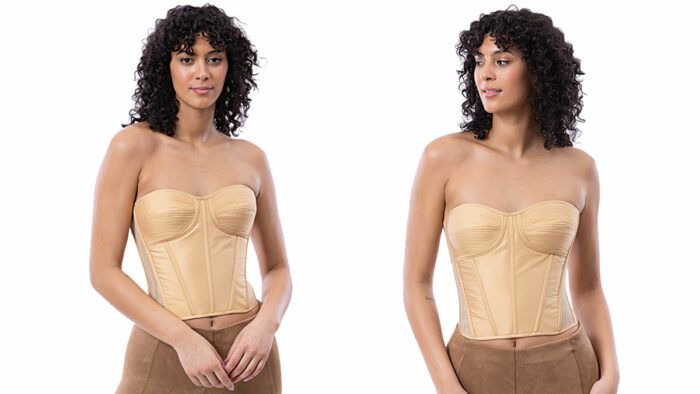
Strapless garments are often seen as a challenge to design and construct—and if not well-made, they also can be a challenge to wear. Because of this, they are ignored or relegated to costume. That need not be the case. The key to a wearable strapless design is a proper corset structure.
This part of the garment can be hidden within or featured as part of the design, but it must be correctly fitted and constructed. I’ll show you what a professional corset looks like and explain how its elements work. My focus will be on a foundation corset, which shapes and supports a strapless dress.
If you’re thinking of sewing a strapless design, these questions may come to mind: Will this design support my bust? Will the garment fall down when I walk? Is it hard to sew? Do I really need all these seams? The answers to these questions depend on the four main elements that factor into a wearable strapless design: tension, fit, cut, and structure. Balancing all four as you make your own design ensures an enjoyable strapless experience.
Tension provides support
Tension—taut horizontal stress—is essential for a corset to support the bust.
Neckline
A strapless garment’s neckline crosses the body horizontally. Even if it has bra cups, the neckline edge is relatively stable. The lowest point on the neckline edge indicates a tension line, and the bust is supported only at the neckline’s lowest “horizon.”
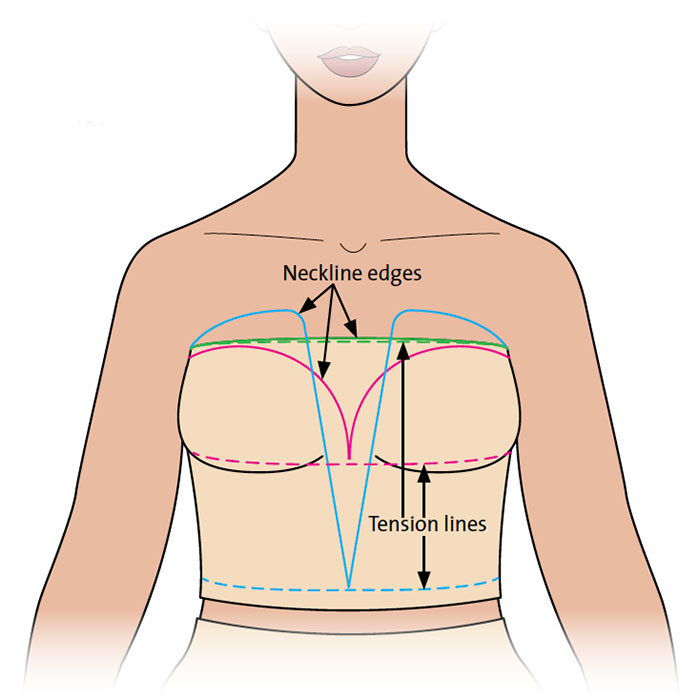
If there is a significant variation in the neckline’s level on the body, support declines. For example, if the neckline dips to a V at the waist, the V’s point is the lowest horizon. The circumference line at that level is where the tension starts on the garment.
If…
Start your 14-day FREE trial to access this story.
Start your FREE trial today and get instant access to this article plus access to all Threads Insider content.
Start Your Free TrialAlready an Insider? Log in



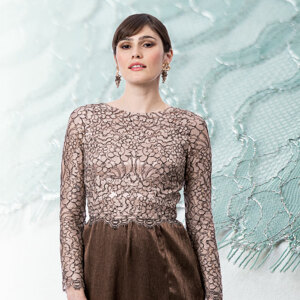


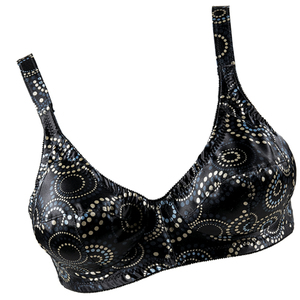
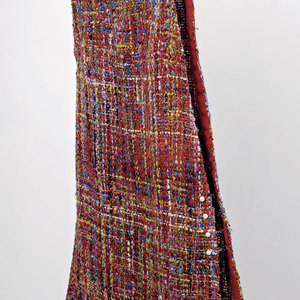


























Log in or become a member to post a comment.
Sign up Log in